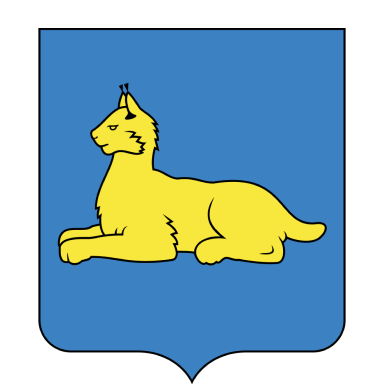History of the development of Zheleznodorozhny district of Gomel
Zheleznodorozhny district of Gomel was formed on July 19, 1940. At that time, the district occupied a small area in the northern and partly central parts of the city. The first-born of industrialization, Gomselmash plant, the largest glass industry enterprise in the USSR – a glass factory, a bearing and winemaking plant, an enterprise for deaf and hard-of-hearing citizens, which specializes in sewing special clothing and shoes, and an enterprise of the society of the blind, which produced chains, nails, and ropes, worked in the district; There are the Palaces of Culture of the Railway Workers and Gomel Glass Factory, V.Lenin district library, schools No. 12, 13, 25 are open. The workers' settlements Zalineiny and Selmashevsky appeared near industrial enterprises.
War... Occupation... Industrial enterprises of the district were evacuated to the Urals and Bashkiria, to certain cities of the Soviet Union. In 1943, as far as you can see, ruins and heaps of broken bricks mixed with broken glass, charred wood and twisted fittings... This is how the Nazi occupiers left the city. This was also our Zheleznodorozhny district. Only 20% of the living residents survived. On the central streets of the district - Sovetskaya, Pochtovaya (now Pobedу Street), Kirov - only a few dilapidated buildings survived. The residents of the city and district were faced with the important task of accomplishing another feat - working! Archival documents indicate that at the end of 1943, Gomselmash plant had 76 workers and employees, and the glass factory had 50. The railway junction was the first to be restored in the district. It was of strategic importance as it ensured the delivery of military equipment and manpower to the front.
The so-called “Cherkasov brigades” were actively involved in the restoration of the city. So, with the help of Z. Azarova brigade, a dormitory for Gomel station workers was restored, 2 dozen booths for switchmen were built. In less than 2 months, “Cherkasov brigade” of L. Popkova made Vetkovskaya Street the cleanest and most orderly in the district and city. With the screening of the film “Two Fighters” on February 4, 1944, the first cinema in the district and city opened in the Palace of Culture of Railway Workers. From mid-July 1944, the district library opened its doors to readers. Its book collection amounted to more than 30 thousand volumes of fiction and political literature.
Enterprises are returning from the evacuation. 1943–1945. Additional capacity was added to the rebuilt glass factory, and it was named after Stalin. Gomselmash plant began producing new products, and the bearing plant was restored and reconstructed.
1946 Stamp plant was founded to produce household utensils and electrical appliances - now JSC “Elektroapparatura”.
1949: a building materials plant was founded - now JSC “Gomel Stroimaterialy”.
The 1950s and 60s became a period of rapid industrial development for Zheleznodorozhny district: since 1952, a brewery has been operating, the main products being beer, sparkling water, bread kvass, and rolled oats. In 1958, Gomelkabel plant was founded, the main products being bare and enameled wires. At Gomselmash plant, a radical reconstruction of many workshops and areas has been carried out, and a team of thousands is working hard. The labor competition “Seven-Year Plan in Five Years!” is taking place here. 1961 - Gidroprivod plant and the machine components plant were founded, 1964 - Coral production association was founded.
Schools are being built. To train specialists for industrial enterprises, construction organizations, and the city's service sector, a technical school of mechanical engineering, a school of factory training (now GCPTS No. 67 of builders), schools of cooking, electrical engineering, and consumer services were opened in the district. In 1953, Belarusian Institute of Railway Transport Engineers was founded.
The district is growing and developing. In 1948, the former villages of Titenki with the streets Ozernaya, Chapaeva, Titenskaya (now Kosmonavtov Avenue), the villages of Verkhniy and Nizhny Brilev were annexed to the district, in 1967 the former village of Prudok was annexed, in 1974. - Volotova, in 1983. - Old and New Milcha.
Currently, Zheleznodorozhny district is one of the most beautiful district of the city, the first in size and industrial potential. Every day it is growing and developing rapidly.















